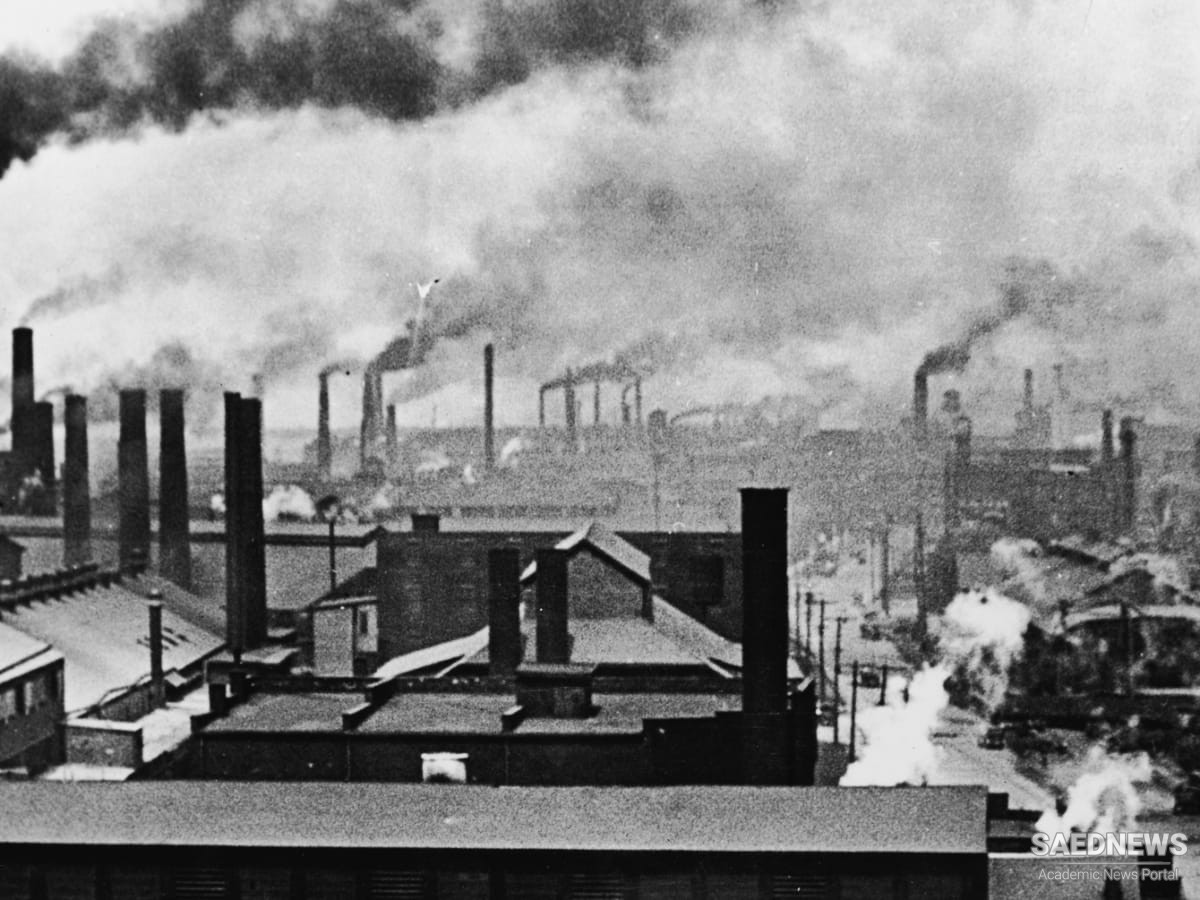The first, the pre-scientific stage, stretches back into the distant past, to man’s earliest attempts to deal with materials. The second, scientific, period is of quite recent origin, in the late eighteenth century, when chemical science began to be usefully applied to chemical technology. In the earliest period up to the end of the neolithic age, that is around 3000 BC, practice of the chemical arts was restricted almost entirely to the making of fire, alcoholic fermentation and the baking of pottery.
This was succeeded in various parts of the world by what are termed the ancient civilizations, such as those of Egypt, Mesopotamia, the Indus Valley and, somewhat later, China. Here city life began, communication, above all writing, developed to make it possible to keep records and disseminate knowledge, and new techniques were developed. Some of these, such as medicine, surveying and astronomical observation, were carried out systematically. At the same time the range of materials available and the processes by which they were treated widened, with the effect of improving the way of life for the citizens. Most important of these materials were the metals, gold and silver, copper and tin, alloyed in bronze, and later iron.
Throughout this period, and in the succeeding ages of Greece and Rome, the rise of Islam and on into Western Europe, the extraction and preparation of useful substances was essentially a craft, carried on, like any other, by skilled artisans who learned their trade through apprenticeship and experience and not from a corpus of literature; there was none, and if there had been, very likely they were unable to read. Such accounts as there are of the ancient chemical arts were drawn up by those not engaged in the craft. For example, the encyclopaedic Historia naturalis of the Roman official Pliny has embedded in it many descriptions of chemical processes, some accurate, some less so, for they are based on secondhand reports rather than original observation. Many recipe books survive to give us some idea of what went on, like the chemical tablets of seventh-century BC Assyria, although these are no more than lists of ingredients.
With the coming of printing and a mercantile and practical class of reader, a demand developed for clear accounts of the making of various substances. These begin to appear early in the sixteenth century, some being fine examples of the art of book-making. Hieronymus Braunschweig’s books on distilling were printed early in the 1500s and were the first to include illustrations of chemical apparatus. Neri’s sober account of glass-making followed and there were the metallurgical treatises of Vannoccio Biringuccio (1540), Agricola (Georg Bauer) (1556) and Lazarus Ercker (1574). This literature is severely practical and shows little trace either of magical or superstitious elements on the one hand or, on the other, of the current philosophical ideas about the nature of matter. It was the Greek philosophers of the sixth century BC onwards who began to seek an underlying unity in the variety of materials in nature and a few fundamental principles or elements from which this variety could be derived. The explanation that gained widest acceptance was the four-element theory propounded by Aristotle and his followers from the fourth century BC, which held that all materials consisted of varying proportions of the elements fire, air, water and earth. This theory was not seriously criticized until the seventeenth century and fell into disuse during the following century, surviving today only in such phrases as ‘the fury of the elements’. This and certain other ideas about the nature of matter and the ways it could undergo change were applied by the alchemists in the course of their work attempting to make gold.
The artisan did not think in philosophical terms because he had not been educated in the schools, and if he had been, it would not have been the slightest help in his craft of making useful materials. The lack of a genuine theoretical understanding was a great handicap particularly in identifying and valuating materials. The glass-maker, for example, did not know that silica, sodium carbonate and lime as such were needed to make glass; the first glass-maker discovered by accident, and his followers knew from experience, that sand melted with the ashes of certain plants would yield glass. They knew that the whiter the sand, the more colourless the glass. Likewise, it had been found from experience that the ash from some maritime plants produced the best glass, but not because they understood that these contained soda, potash and lime and that these were necessary for glass making. Materials were recognized by their look and feel, learned from those who already knew. Knowledge of materials and processes tended to be kept within rather closed communities and not widely disseminated. Communications were difficult enough without the deliberate secrecy that was sometimes practised, as when the earliest Venetian glassmakers sought, albeit vainly, to prevent a knowledge of their art from spreading.


 Muhammad Qasim Hindu Shah
Muhammad Qasim Hindu Shah














































